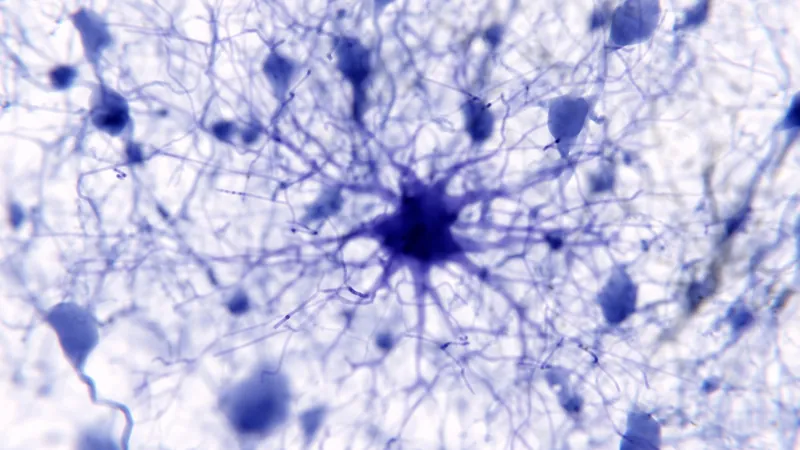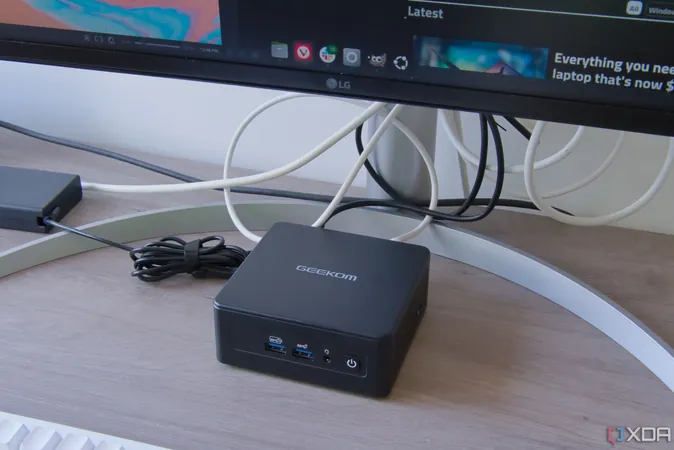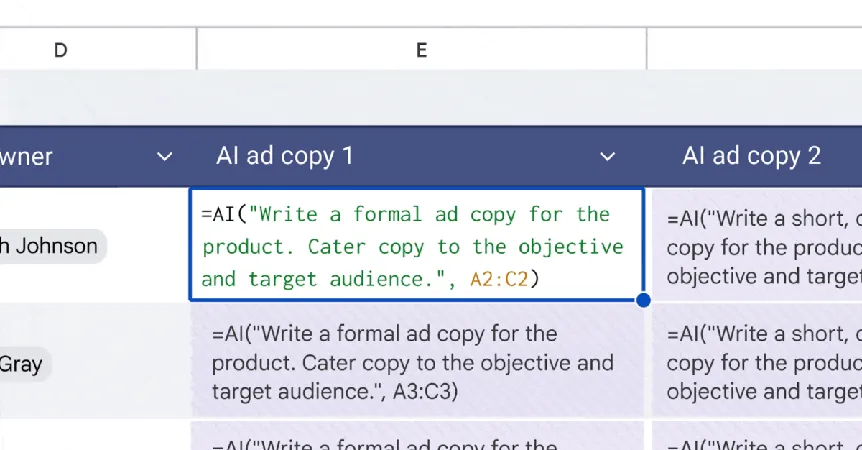
Unlocking Memory: How Star-Shaped Brain Cells Could Revolutionize Our Understanding of Memory Storage
2025-06-09
Author: Sophie
For years, the scientific community held the belief that neurons were the primary players in the realms of thought and memory in our brains. But groundbreaking new research is changing the game, suggesting that a lesser-known player—astrocytes—may hold the key to unlocking the brain’s remarkable capacity for memory.
Published in a recent edition of PNAS, the study unveils the pivotal role of these star-shaped cells, known as astrocytes, in a complex network architecture that underpins memory storage. Traditionally seen as mere support for neurons, astrocytes are responsible for vital maintenance tasks: clearing debris, supplying nutrients, and even regulating blood flow.
Lead author Leo Kozachkov, a postdoctoral fellow at IBM Research and former MIT PhD student, describes astrocytes as resembling octopuses, where the cell body is like the head and the thin processes wrapping around neuron synapses are like tentacles. This structure forms what’s called a tripartite synapse—a three-way handshake between astrocytes and neurons that enables intricate communication.
Instead of firing electrical impulses, astrocytes communicate via calcium signaling, sending waves of charged calcium particles that influence synaptic activity. Kozachkov likens their function to tiny computers, processing and relaying information back to neurons, yet the exact computations they perform are still a mystery.
To uncover these complexities, the researchers employed advanced machine learning models capable of capturing multifaceted interactions beyond simple neuron-to-neuron connections. Senior study author Dmitry Krotov highlights that cabling together such a vast number of connections allows astrocytes to potentially mediate communication on a large scale, which could explain the brain’s extraordinary memory capabilities.
Kozachkov theorizes that astrocytes may store memories by progressively altering their calcium patterns, which then convert into chemical signals that return to neurons. Remarkably, this model suggests that fewer neurons could generate vast quantities of memories, saving energy and resources, as neurons are metabolically demanding.
This study may offer a biological framework for understanding how memory storage operates in the brain. Maurizio de Pittà, an associate professor at Toronto’s Krembil Research Institute, notes that while the model is promising, it remains a simplified representation of the complexities of the brain’s real-time workings.
Though the role of astrocytes in memory formation is gaining recognition, definitive proof of how their calcium-mediated interactions directly contribute to creating and recalling memories is still elusive. If the team's model is validated, it could fundamentally shift how we perceive memory capacity, suggesting it scales with the number of astrocyte-synapse interactions.
Moreover, this groundbreaking research could pave the way for new therapies targeting neurodegenerative diseases like Alzheimer’s. As Kozachkov points out, understanding the dysfunctions in astrocyte interactions could lead to innovative treatments aimed at restoring memory functions.
While much remains to be explored, the hypothesis presents a tantalizing glimpse into the mysterious workings of the brain’s memory storage—a reminder that in the quest to understand human cognition, we may still be just scratching the surface.









 Brasil (PT)
Brasil (PT)
 Canada (EN)
Canada (EN)
 Chile (ES)
Chile (ES)
 Česko (CS)
Česko (CS)
 대한민국 (KO)
대한민국 (KO)
 España (ES)
España (ES)
 France (FR)
France (FR)
 Hong Kong (EN)
Hong Kong (EN)
 Italia (IT)
Italia (IT)
 日本 (JA)
日本 (JA)
 Magyarország (HU)
Magyarország (HU)
 Norge (NO)
Norge (NO)
 Polska (PL)
Polska (PL)
 Schweiz (DE)
Schweiz (DE)
 Singapore (EN)
Singapore (EN)
 Sverige (SV)
Sverige (SV)
 Suomi (FI)
Suomi (FI)
 Türkiye (TR)
Türkiye (TR)
 الإمارات العربية المتحدة (AR)
الإمارات العربية المتحدة (AR)